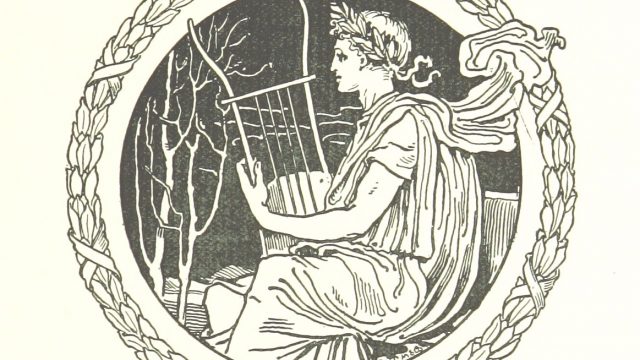
I have heard conductors introduce new works by saying, “You may not like this work, so let me tell you what to pay attention to…” This is a noble effort that starts with a failing proposition. It is within our reach to resolve this problem.
From our audience’s point of view, the history of western music’s evolution might be compared to the growth of a person. Over the centuries, music has evolved from simplicity to beauty to rebellion and back to beauty. There is no doubt that our art form still is financially reeling from the dissonant rebellion of the mid-20th century. Our older listeners considered to be the (dwindling) bread and butter of many orchestras remember this rebellious period in music and are afraid to venture into contemporary music. They invest their leisure time and money on “safe” bets on the program. The younger listeners, underrepresented within our audience, are justified in perceiving the modern concert hall as a bastion of antiquated art that offers little voice to the current generation.
The realization of the composer’s vision requires collaboration with 50 to 100-plus other artists and thus requires significant capital investment. In an industry where 30-40% of an orchestra’s budget comes from ticket sales, an orchestra must balance market-forces with artistic decisions. This is a difficult, artistically dangerous, yet necessary line to walk.
While many composers complain about the state of our industry, in audiences of all ages I have witnessed a hunger for new experiences within the concert hall. It is not unusual for my orchestra-attending friends from other municipalities to approach me with the opening, “Henry, you should have heard…” Inevitably the performance described involves a recently composed work that engaged my friend’s imagination and interest. Over ten years after the Flagstaff Symphony programmed my wife soloing on Tan Dun’s Water Concerto, attendees of that concert and the orchestra’s board still remark about that experience.

Even in my hometown in rural Arizona, where musical tastes are very conservative, I see this thirst. Over the years my wife and I have programmed and presented seven concerts of chamber music featuring contemporary Arizona composers. Our audience would leave the hall describing the concerts as “a breath of fresh air” and “water for a parched soul”.
New music is relevant to, and even demanded by, our audience.
So what is the role of the composer within this dynamic? In general, our primary and most important two-fold role is the same as that of any other artist: to create transformative experiences while continuing our personal artistic growth.
Many, if not most, composers will narrow their artistic focus further: to bridge cultures; to raise awareness of injustice; to educate our youth; to build a better world… Yet, without an honest effort to engage our audience’s heart and intellect, we miss the opportunity to connect deeply, inspire the personal reflection that lasts for days after the performance, and prompt the conversation opener, “Henry, you should have heard…” Without the effort to continue our personal artistic growth, we fall into easy formulas that dilute our hearts’ message. The danger in composers and artistic directors settling on presenting music that merely is “interesting” or “different” or “educational” is we shortchange both our art form and our audiences.
As a composer, I fully embrace this hunger for new experiences in the concert hall. I see the range of potentially meaningful musical experiences as barely scratched by composers. The last five hundred years have produced fabulous works that astound and move us, but the vast majority of this music has adhered to harmonic and melodic rules that are fairly consistent. These rules of common practice evolved with good reason — they are designed to speak to the human ear.
From my experiences, I believe that there is a multitude of other sets of harmonic and melodic styles that can speak to the human ear and heart. When we examine the variety of musical styles that long ago evolved in cultures with markedly less shared contact, we see evidence of this multitude. Today, to identify new styles that continue to speak to the listener, we must strive to identify what principles are still universal to the human experience. Stretching beyond traditional sets of rules while speaking to the heart is a discipline that requires extensive study, careful listening, and intentional self-criticism. As a composer, if I am unable to identify what and why my music is speaking deeply to me on a purely aesthetic level, I am certain to fail in creating the transformative experience I seek for my audience.
If we wish to stimulate interest in our art form, we must start with the art. Is it a fresh experience? Is it transformative? Are we making the effort to identify new music principles that can connect to our audience? Do we fill our heart with what needs to be evoked before putting pen to paper? Ultimately, are we deep enough into our craft that we can communicate what we want to say in a way that merits multiple listenings?
From experience with my works and works of other composers I’ve programmed, it is clear to me that there is a path for new art that offers transformative experiences to our audiences. We must be bold enough to offer new relevance for a generation looking for meaning in the concert hall, and strong enough to demand expertly crafted art that can speak universally to all of our audiences.
I look forward to a day our conductors consistently introduce new works by saying, “You are going to love this work. Allow me to highlight a few of the moments in this work that speak to my heart…”
This is adapted from an essay I recently submitted with a residency application.